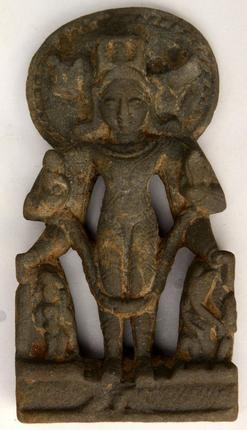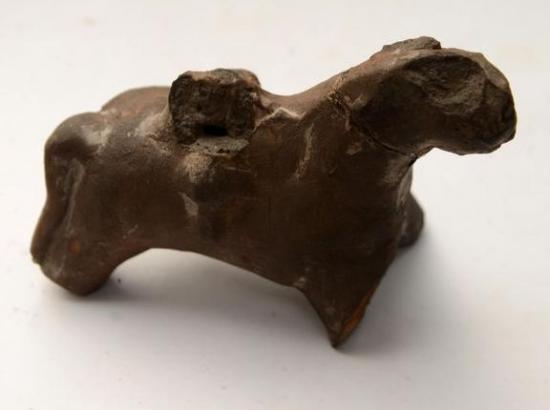Madhur Tankha
Source - http://www.thehindu.com/news/cities/Delhi/the-discovery-of-indraprastha/article5772895.ece

The ASI's excavation that is underway at Purana Quila. Photo: Sandeep Saxena – The Hindu
If the ASI is successful in finding painted grey wares from the Mahabharata period, it will prove the existence of the city of Pandavas
The Archaeological Survey of India is on an expedition to discover painted grey wares of the Mahabharat period, which will conclusively prove the existence of Indraprastha.
The ongoing excavation at the Purana Quila site might lead to discovery of concrete evidence that will help in studying the culture and art patronised by the Pandavas. It is also expected to give a fillip to tourism.
In the first excavation in 1954, mounted under the supervision of renowned archaeologist B.B. Lal, who retired as ASI Director General, painted grey wares were discovered.
“However, the wares were not found in stratified deposit. If they were found in stratified deposit, we could support that there were traces of the Mahabharat period,” said Vasant Swarnkar, superintending archaeologist of ASI’s Delhi Circle. Under his supervision, around 60 labourers have been working six days a week at the project site.

A 12th Century Vishnu idol found during the excavation. Photo: Sandeep Saxena - The Hindu
To make things easier for Dr. Swarnkar, nearly 20 post-graduate diploma students of archaeology from the Institute of Archaeology have been assisting him. They have been guiding the labour force where exactly to dig, how to unearth crucial discoveries without damaging them and how to carefully hand them over to the authorities to preserve the artefacts for posterity.
Emphasising the site’s significance, Dr. Swarnkar said: “ This site has had continuous cultural deposit from the Mauryan to the Mughal period. The discoveries over the past month have reiterated the fact that there has always been habitation here during the Gupta and Kushan period.”

An artefact that was found during the ASI's excavation. Photo: Sandeep Saxena - The Hindu
On Monday, a couple of enterprising students from the Institute of Archaeology discovered a terracotta miniature bull.
“This bull is of the Gupta period, which was a glorious period as it saw patronisation of art,” said Dr. Swarnkar as he cleaned the mud-filled artefact with a brush.
Pottery of the Gupta and Kushan period, semi-precious stones, ear-stud made of terracotta, bowls, miniature pots and sprinklers were also discovered.
According to Neelima Vasudevan, one of the students working at the site, the excavation is part of her field training and it gives her satisfaction if after a hard day’s work some artefacts are discovered.
Hage Sonia, another student, was delicately arranging bones on a plate. “These bones certainly are not of animals but indicate left over meals. I have also discovered iron pieces. This exercise is teaching us the art of supervising digging and identifying the discoveries,” she said.